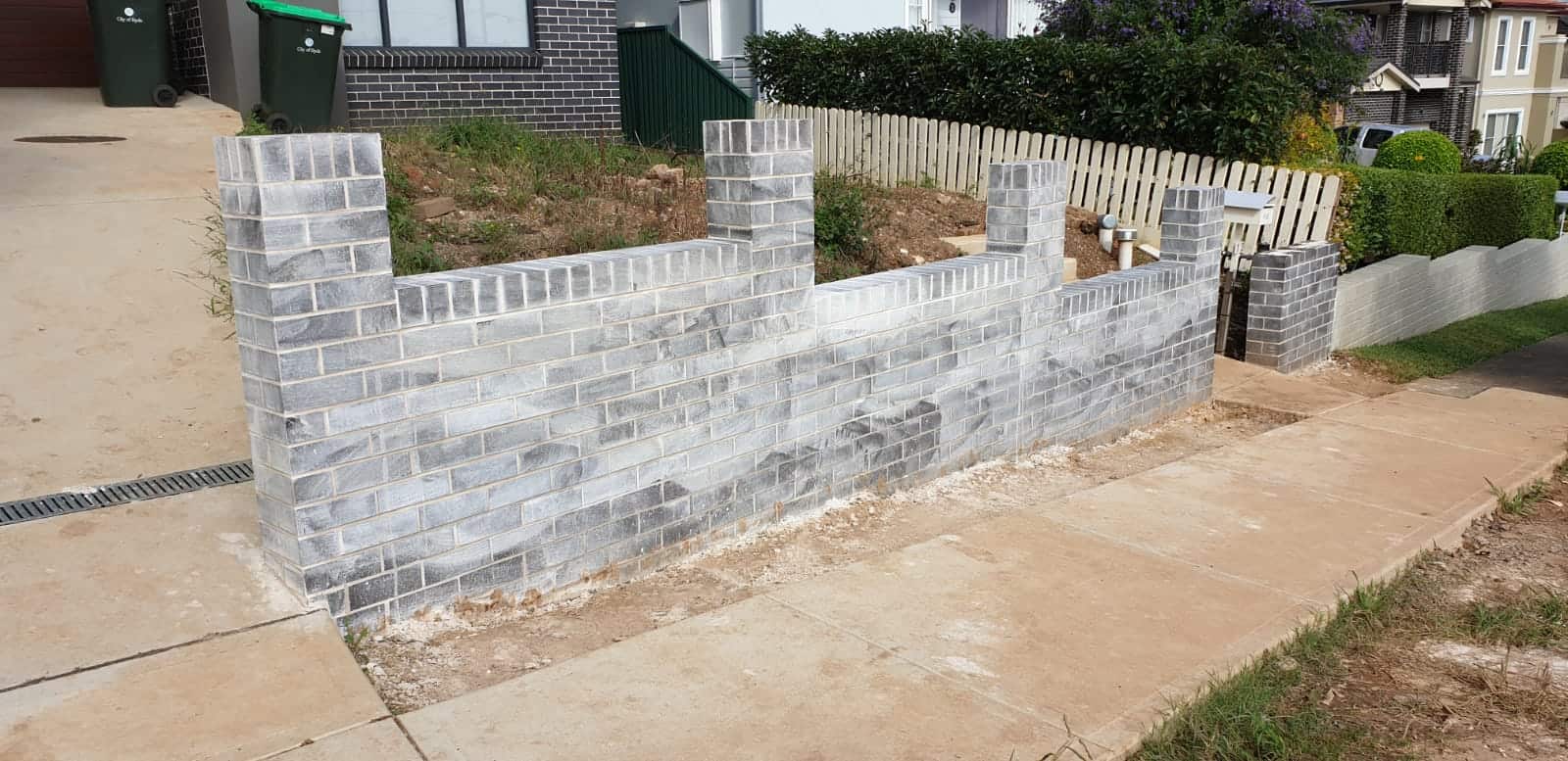Paint removal from brick is likely to be one of the “stubborn jobs”. Many DIYers have failed to realize the potential consequences of their efforts. Perhaps they were happy with the outcome, but unwittingly damaged the brick.
It can be difficult to remove brick paint if you have ever attempted it. It can take several hours to complete depending on the size of the job. Many homeowners find it difficult or impossible to dedicate their time to the project. They choose to hire professionals instead.
The fashions and tastes of people change. So the white-painted brick from ten years ago that looked great may now seem a bit outdated. It’s not an easy task to remove brick paint, but a DIYer with enough experience and the right product can do it.
If clients have asked for a quote, it is a good idea to thoroughly inspect the job before you give your client a price. It is possible that even the best case scenario won’t produce the desired results. You may find you have to alter your quote for this tedious job. These tips can help you save time and reduce frustration when removing brick paint.
Here are some key points to remember before we give you the detailed guide on how to remove that paint. Before you try to remove the paint, it is important that you know what kind of paint you have.
Different types of brickwork paint
Latex-based paints and oil-based paints are the most popular types of paint for brick walls. This guide will explain how to remove both oil-based and latex-based paints.
How to remove paint from brickwork
Soap and water won’t work, no matter if you want to remove paint stains from bricks or restore its original appearance. To remove paint from brick, you will need to use a more aggressive approach while still preserving the integrity and beauty of the brick.
We recommend that you test any area before beginning your brick paint removal project. It’s usually in a hidden corner, so it’s best to test the area. Testing is a smart idea because you might not like the shade of the brick or it was painted to hide other imperfections.
The best way to remove paint from interior brick is to use a non-caustic spray paint stripper, scrape and then brush. This is a tedious task that can take time. However, a good paint stripper can make it easier to remove bricks from exterior walls of buildings or houses.
Before applying the stripper, wash the entire area. Use the rag to apply the water to the brick by soaking it in warm water. You can also use a gardenhose if it is outdoors. To remove any flaking paint, you might also consider lightly scraping your brick with a metal knife or wire brush.
Now it’s time for you to begin removing the paint. Use the provided tool. A trowel is fine if a tool was not included. Cover every brick with the paint stripper and push it into any crevices or holes you find. Use as much paint stripper to complete the job as the instructions suggest. To complete the job, you might need several layers of paint stripper.
After the time is up, you can remove the strips. To avoid any tears, take your time and do this carefully. To remove any paint stripping compound residue or leftovers, use a trowel. If all else fails, warm water with a stiff brush will do the trick.
After the sheets and stripper have been on the brickwork for the required time, you can remove them. Grab a corner of the sheet of plastic and pull it off. Be careful not to damage the sheets. You will see the paint peeling away from the sheet. It may be hanging loosely on the wall or coming off the sheet.
Some paint flakes can stick to the wall. Use your trowel to remove these flakes, as well as any residue or stripping agents, from the wall. If your trowel is not working, you can scrub the area with a stiff-bristled toothbrush. This will remove any masonry paints or stripping compounds.
Paint can often be removed quickly and cheaply by using trisodiumphosphate and scrubbing. Mix 1/2 cup trisodiumphosphate and 1 gallon water to make the solution. To remove paint splatters from bricks, dip a scrubbrush in the solution. Avoid using a wire brush to scrub brick. This can cause damage to mortar and brick. Use a stiff brush made with brass or nylon bristles instead.
Last Thoughts
For generations, brick can be painted over to hide old or tired-looking areas, or to match a specific color preference. It may be time to UN-paint brick walls if the color of your brick is not what you want or the mortar has been damaged by an old paint job. No matter what reason you have for removing brick paint, a professional who is experienced in handling bricks and mortar of various ages and conditions should handle the job. Before committing to any work, a professional will conduct an evaluation on-site.


Comments are closed